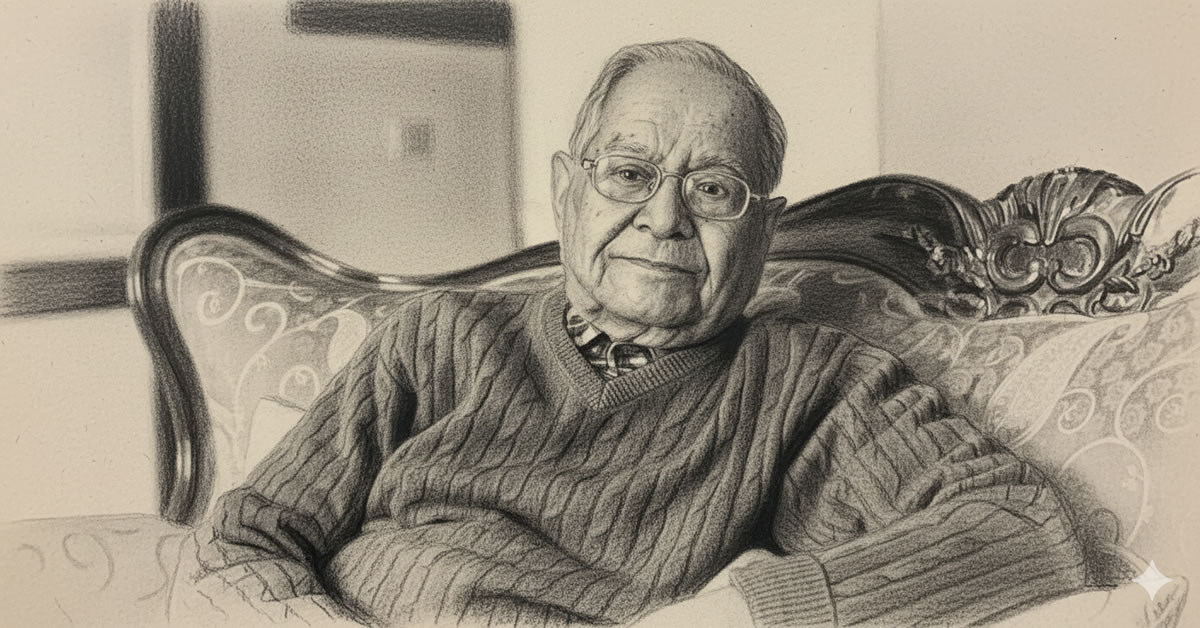Dr. B. B. Lal: The Man Who Unearthed History
When we walk through ancient ruins or marvel at recovered artifacts in museums, we rarely think about the people who made those discoveries possible. Among the most respected names in Indian archaeology is Dr. Braj Basi Lal, fondly known as Dr. B. B. Lal—a man who devoted his life to unearthing India’s lost stories, layer by layer.
Born on May 2, 1921, in Jhansi, Uttar Pradesh, Dr. Lal began his career not as an archaeologist, but as a student of Sanskrit. His deep interest in the Rigveda and ancient Indian texts led him to questions that books alone couldn’t answer. It was this quest for truth that drew him toward archaeology, where he eventually made history himself.
Dr. B. B. Lal joined the Archaeological Survey of India (ASI) in 1945 and rose to become its Director General in 1968. During his long career, he was part of some of India’s most important excavations, including the sites of Hastinapur, Kalibangan, Sisupalgarh, and Ayodhya. His work at Hastinapur, a site mentioned in the Mahabharata, was especially significant. By connecting archaeological findings with epic narratives, he introduced a new, interdisciplinary way of looking at history—one that combined science with culture.
One of Dr. Lal’s most celebrated achievements was his work on the Indus Valley Civilization. He helped excavate Kalibangan in Rajasthan, one of the major urban settlements of the Harappan world. It was here that he discovered fire altars, offering the first archaeological proof of ritualistic practices in the Harappan culture. This finding changed how historians viewed the spiritual life of this ancient civilization.
But perhaps what made Dr. Lal truly special was his curiosity and courage. He asked bold questions, like: Could places described in Indian epics have real foundations? While controversial at the time, his excavations at sites like Ayodhya and Kurukshetra invited the academic world to re-explore ancient texts with open minds. He never claimed mythology was history, but he believed archaeology could provide clues to their historical kernels.
Dr. Lal was not just a field archaeologist—he was a prolific writer too. His books like “The Earliest Civilization of South Asia”, “Rama: His Historicity, Mandir and Setu”, and “India 1947–1997: New Light on the Indus Civilization” offer deep insights while remaining readable and engaging. He made archaeology accessible not just to scholars, but also to everyday readers, students, and teachers.
In recognition of his groundbreaking work, Dr. B. B. Lal received Padma Bhushan in 2000. He was also associated with international bodies like UNESCO and served as Director of the Indian Institute of Advanced Study, Shimla. His humility and dedication earned him the respect of colleagues across the world.
Even in his later years, Dr. Lal remained active in discussions about India’s ancient past. Unlike many academics, he welcomed dialogue and was known for encouraging young scholars. He believed that the future of archaeology lies in the curiosity of youth and often said that every stone had a story—if only we listened closely.
Dr. B. B. Lal passed away on September 10, 2022, at the age of 101. His death marked the end of an era, but his legacy continues in every excavation site, every ASI report, and every young student who dares to ask: “What lies beneath?”
In a country as old and rich in heritage as India, we often forget the modern heroes who bridge the past and the present. Dr. B. B. Lal was one such bridge. His work did not just uncover ruins—it revived a nation’s connection with its ancient self.
By Arnav Chaudhary
Visit our Facebook Page : Little Authors | Facebook

